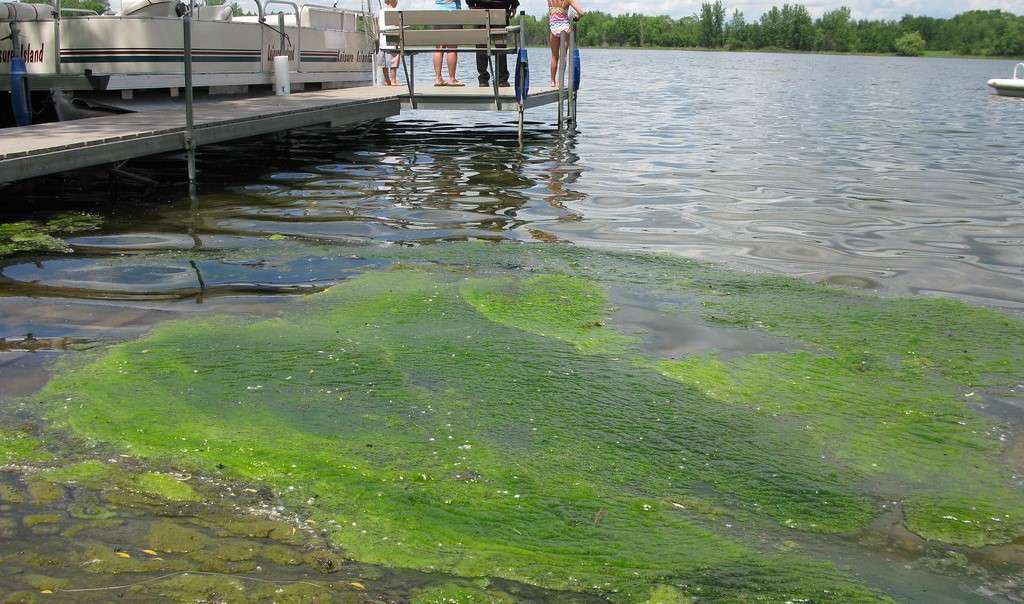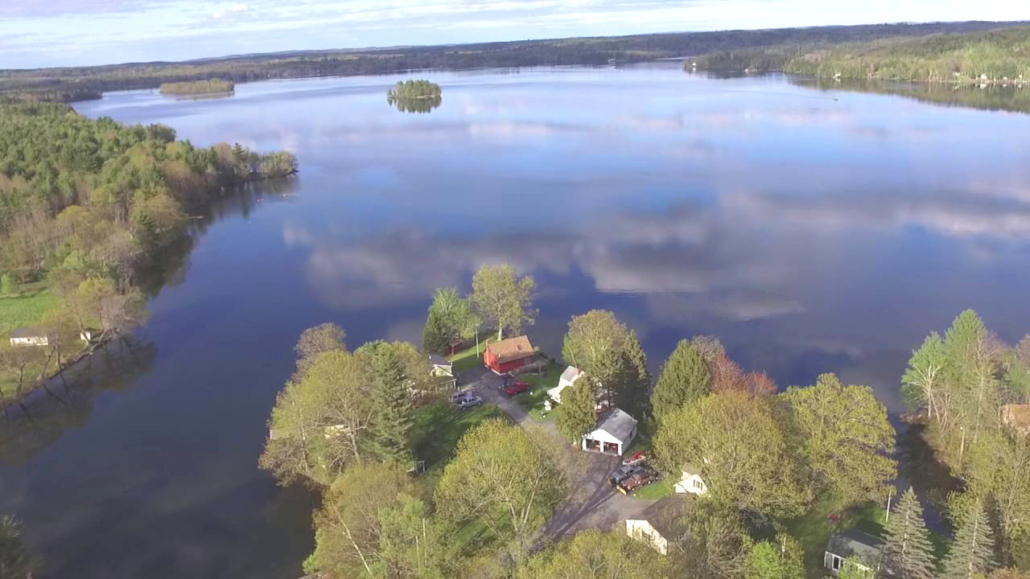Webber Pond one of six Maine lakes at high risk for toxic algae bloom
No lakes or ponds have been put on advisory just yet
by Roland D. Hallee
Following the news that a couple of dogs in southern Maine had to be euthanized following their exposure to a blue-green toxic algae bloom, this news was released by Lakes in Maine.
According to them, six lakes in Maine are at high risk for a blue-green toxic algae bloom. In our immediate area, Webber Pond, in Vassalboro, in on the short list of six lakes.
While the algae has been spotted in Maine lakes in the past, this year no lakes or ponds have been put on advisory just yet. However, officials have rated the waterways in the state based on their likelihood of having it before the summer’s end.
Many lakes in Maine see algae blooms every year and officials are closely watching to make sure residents are aware of any blooms that become toxic.
The toxic blue-green algae is actually called Cyanobacteria and it thrives in warm water. This warmer water is not unusual here in the summer, which is why reports of it typically happen in the warmer months. Learn to recognize what this bacteria looks like when you’re checking for toxic algae.
Many lakes and rivers have seemingly foreign objects and foam floating in them. Most of these things are harmless. But the algae that can cause illness is known by its blue-green color. You’ll want to avoid it wherever you can. Children and pets are especially susceptible.
Those topping the list are, in alphabetical order: 1. Annabessacook Lake, in Monmouth, 2. Cross Lake, in Aroostook County, 3. Georges Pond, in Franklin, 4. Sebasticook Lake, in Newport, 5. Trafton Lake, in Limestone and 6. Webber Pond, in Vassalboro. There are plenty of great lakes in the state that are safe for swimming, or just hiking, camping, or enjoying views. Check out more about lakes in Maine that you can feel free to enjoy.
Coming into contact with the toxic algae can cause rashes, skin irritations, and even some gastrointestinal illnesses. You’ll see these symptoms even more severely in children and pets.
Officials urge folks to be mindful of any standing bodies of water. Always do a check for discolored water or “froth” that has a bluish color to it before you swim or come into contact with water. If contact is made, be sure to wash it off with clear and fresh water as soon as possible. You might be worried if you run into toxic algae in Maine, but there won’t be any long-term problems to worry about if you wash it all off right away.
Remember that fish can also be affected. If you fish in any water that might be affected by the blue-green algae, be sure to clean the it well before cooking at a high temperature.
To keep track of the Maine lakes at highest risk of cyanobacteria advisories, check out the official state website.
If you’ve been affected by any of the algae blooms this summer, they would like to hear your experience. Contact them at https://www.onlyinyourstate.com/maine/toxic-blue-green-algae-me/.
Responsible journalism is hard work!
It is also expensive!
If you enjoy reading The Town Line and the good news we bring you each week, would you consider a donation to help us continue the work we’re doing?
The Town Line is a 501(c)(3) nonprofit private foundation, and all donations are tax deductible under the Internal Revenue Service code.
To help, please visit our online donation page or mail a check payable to The Town Line, PO Box 89, South China, ME 04358. Your contribution is appreciated!






Leave a Reply
Want to join the discussion?Feel free to contribute!